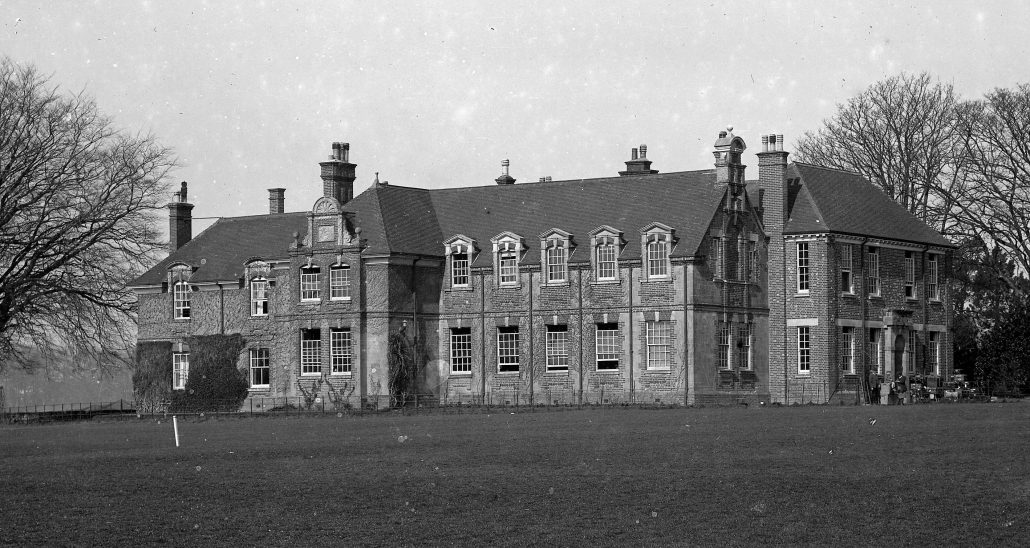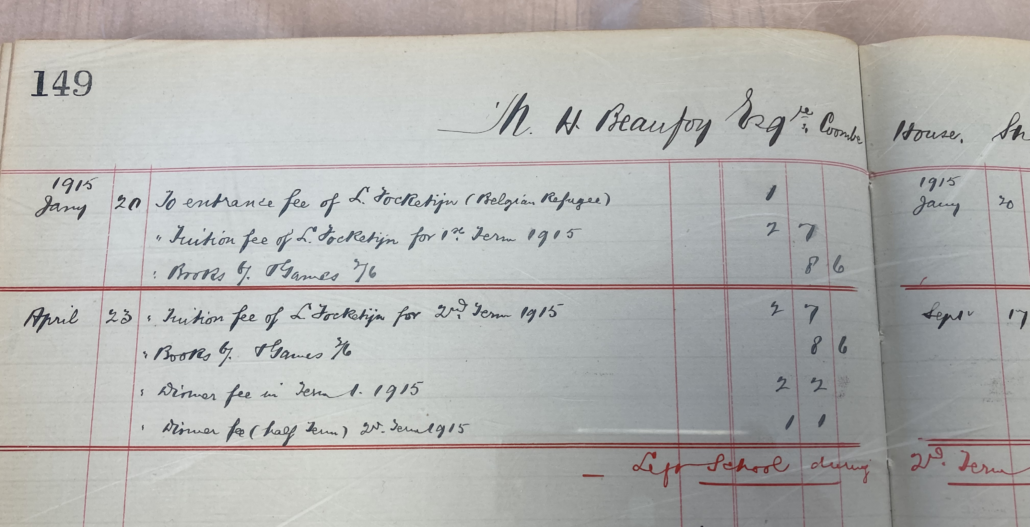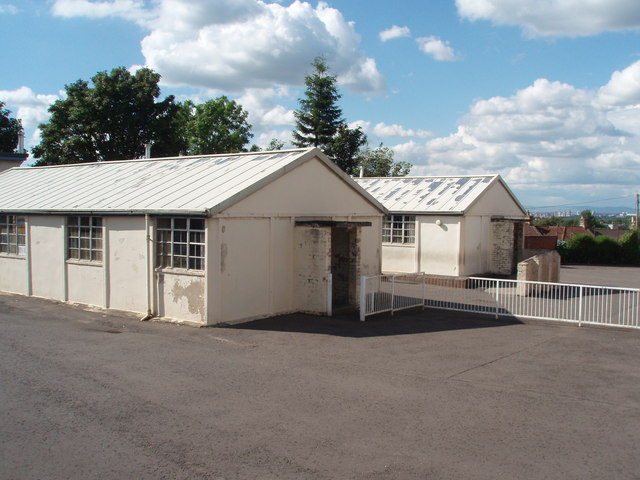Historic School Photographs On Show During July and August
Forty years ago in 1983 three local secondary schools were merged into Shaftesbury Upper and King Alfred’s Middle Schools. A current temporary exhibition of photographs from the Gold Hill Museum archives provides snapshots of life at each: the Boys’ Grammar School, Christy’s School, and the Girls’ High School.
Prior to the 1944 Butler Education Act most students left school at the age of 14. The Butler Act established a clear division at the age of 11 between primary and secondary stages, with an entitlement to free secondary education for all, and raised the leaving age to 15, with the goal of raising it again to 16 as soon as was practicable (1972, as it turned out).

The Grammar School was built in 1878 to accommodate 60 boys, including 14 boarders. Several headmasters seem to have been keen cricketers and School magazines regularly carried reports of matches and full scorecards. Unfortunately the earliest magazine in our archives dates from 1909 so we know nothing about the interesting-looking 1903 team above. The Grammar School was fee-paying and the accounts book includes an example of philanthropy in 1915 on the part of vinegar tycoon Mark Hanbury Beaufoy, who paid the tuition costs and educational expenses of a wartime Belgian refugee.

A great many Old Boys were killed during the 1914-18 War and the School was extended to include the Memorial Hall in 1923. Under the terms of the 1944 Act, the Grammar School became part of the state system as a voluntary-aided Church of England School. It still took boarders but now offered free places to local lads who passed the eleven-plus examination.
Christy’s School was intended to provide a more practical, co-educational secondary curriculum, vocational rather than academic. A photograph dated 1939 shows woodworking skills being taught in a workshop of The Council Senior School, later known as the Modern School and then Christy’s. A splendid aerial photograph of the Christy’s site, off Mampitts Road, behind Christy’s Lane and the present Royal Chase Hotel, shows a mixture of building styles. Raising the leaving age in 1944, plus a post-war baby boom, meant that extra school places had to be provided quickly. The immediate answer was HORSA – a Hutting Operation for the Raising of the School Leaving Age. HORSA classrooms were prefabricated, with walls made from concrete panels and corrugated iron roofs. They had a notional lifespan of 10 years, but one suspects that the huts on the Christy’s site were required to last a lot longer, like these examples from Machanhill near Larkhall.

By the time the present writer arrived in Shaftesbury in January 1988, the Christy’s site had been cleared of all traces of the School and McLeans were busy building the 98 houses of the Linden Park estate. Someone at Christy’s did, however, keep a detailed scrapbook of school life, which is preserved in our archives and will repay further study.
The Girls’ High School was based in the eighteenth century Grosvenor House off Bleke Street. In 1884 Miss Dunn began her forty-one year headship of the fee-paying Grosvenor House School, maintaining high standards of appearance and academic performance for boarders and day girls.

Classrooms and netball court extended the footprint of the High School over much of the present long-stay car park, adjacent to Morrisons and Elite Garages. In 1944 the High School became a County maintained selective school, offering free places to girls successful in the eleven-plus. In March 1950 a science field trip to Lundy Island in the Bristol Channel made the pages of the national press when bad weather and a lack of boats meant that the party of 6 Sixth Formers and two teachers was marooned for three days. By 1983, according to a former student on p57 of Roger Guttridge’s book Shaftesbury Through Time, some floors in the High School were in such poor condition that pupils were told to “sit down and not move” for fear of something giving way.
This free temporary exhibition can be seen in the display cabinets outside the Museum Library until the end of August. If you have any information which will add to our knowledge of the contexts of the exhibition photographs, or school life in general, please get in touch with us. Contact – Gold Hill Museum



